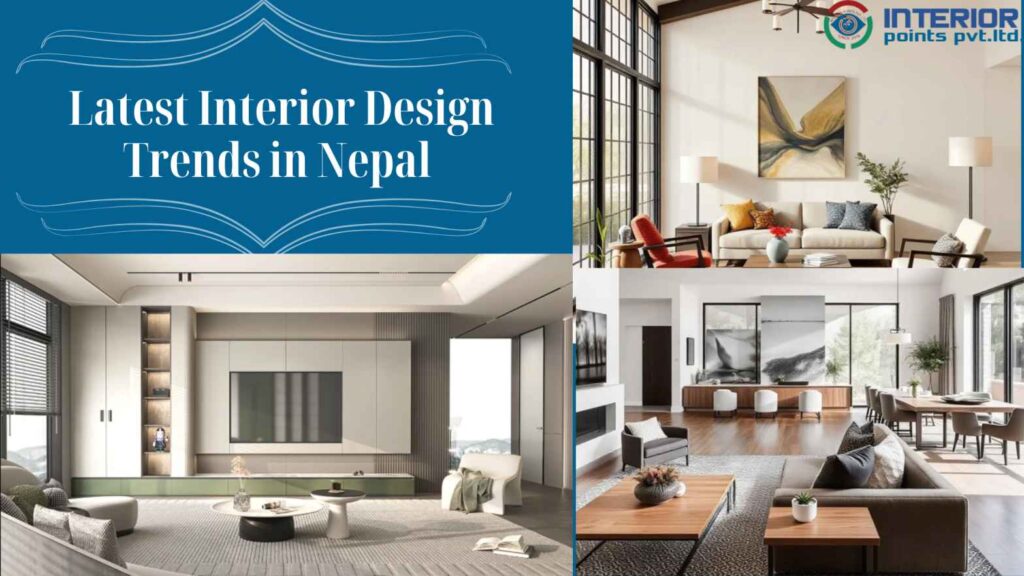
Interior design in Nepal is changing quickly in recent years. This is because cities are growing fast, more people are joining the middle class, and many are now seeing new styles from around the world. Homeowners and designers in Nepal are mixing old, traditional designs with new, modern ideas. They are creating homes that are both useful and beautiful, while still keeping a strong connection to Nepali culture. Popular trends include using eco-friendly materials and smart home technology. Overall, the latest styles show a nice mix of modern life and traditional roots.
1. Sustainable and Eco-Friendly Designs
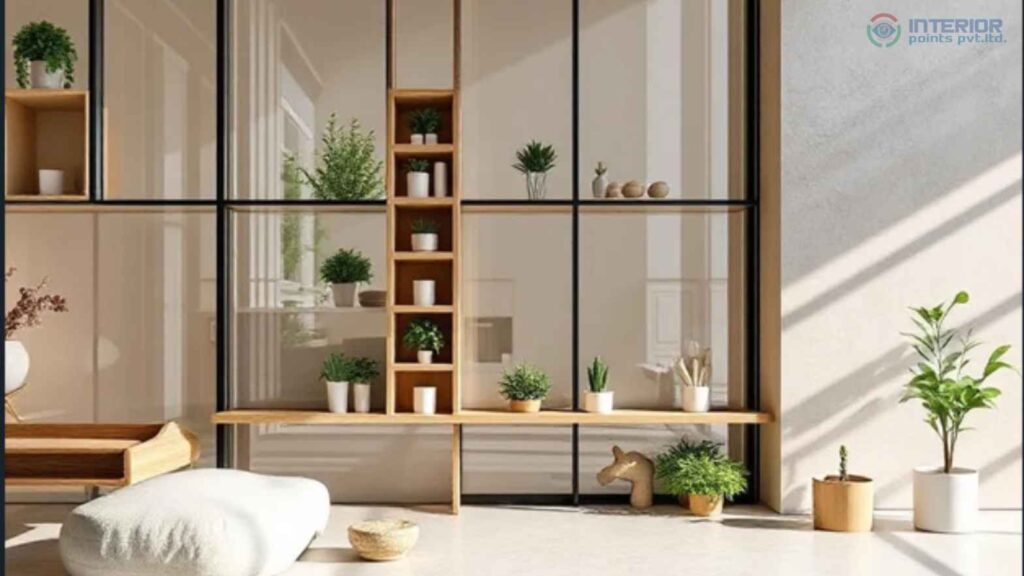
Sustainability is at the forefront of interior design in Nepal, reflecting global environmental concerns and local resource availability. Designers are increasingly using eco-friendly materials such as bamboo, jute, reclaimed wood, and upcycled fabrics to create stunning, low-impact interiors. These materials not only reduce environmental footprints but also celebrate Nepal’s rich natural and cultural heritage.
2. Minimalist Aesthetic with a Nepali Touch
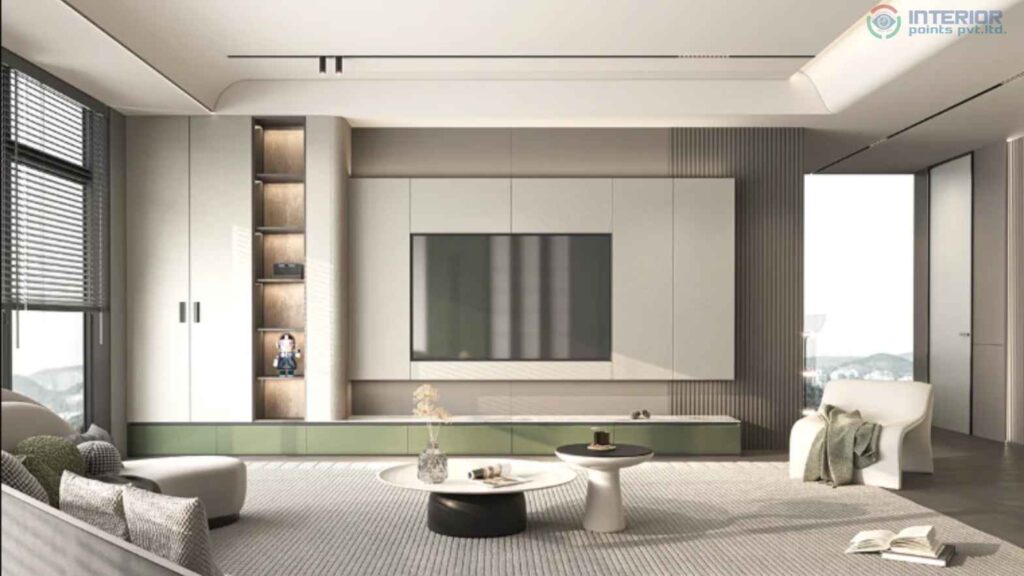
Minimalist Aestheti design focuses on clean shapes, simple designs, neutral colors, and tidy, open spaces. But in Nepal, people are giving minimalism their own special touch. They are adding traditional elements like beautifully carved wooden furniture, handmade rugs, and decorations made from Dhaka fabric. These local touches make the simple and modern style feel warmer, more personal, and connected to Nepali culture. This mix of minimalism and tradition creates a peaceful yet meaningful living space.
3. Fusion of Modern and Traditional Elements
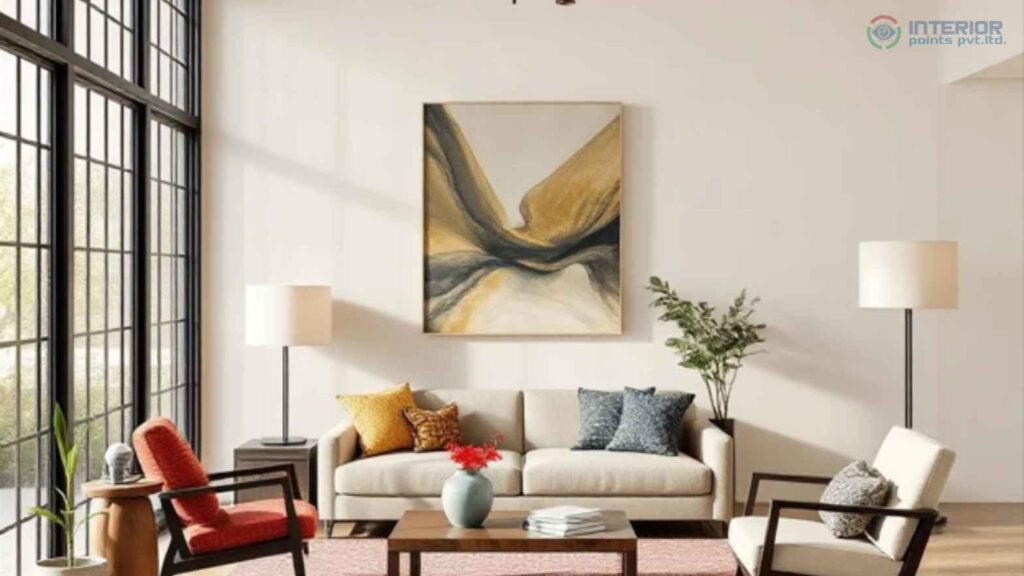
Interior designers are blending modern aesthetics with traditional Nepali elements. This includes using carved wooden furniture, handcrafted textiles like Dhaka fabric, and traditional art forms such as Thangka paintings to create spaces that are both stylish and culturally rich.
4. Smart Home Integration

With increasing access to affordable internet and smart devices, Nepali homeowners are integrating technologies like smart lighting, automated security systems, and voice-controlled assistants into their spaces. Solar-powered smart gadgets are also gaining traction, reflecting Nepal’s focus on sustainable energy solutions.
5. Minimalist Design with a Nepali Twist
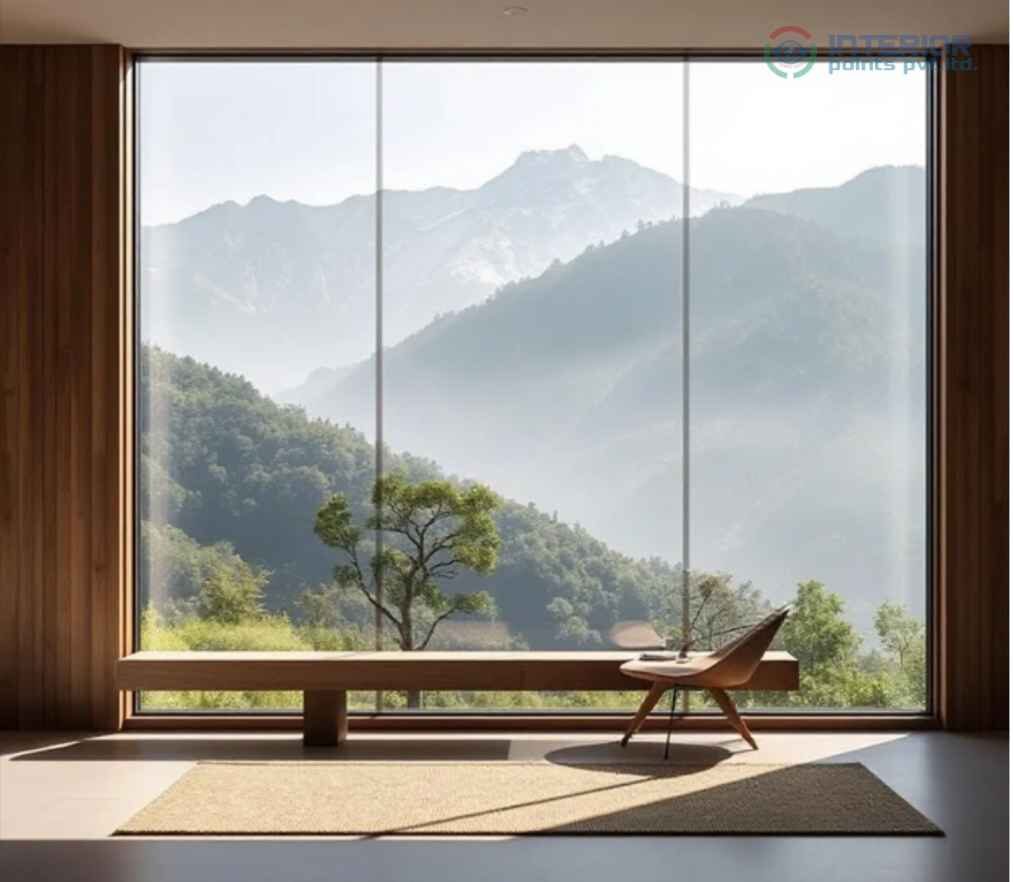
Minimalism continues to influence Nepali interiors, offering clutter-free, serene spaces that promote calm. However, designers are adding a local twist by incorporating traditional elements like handwoven rugs and brass fixtures to avoid stark, sterile aesthetics.
6. Biophilic Design: Bringing Nature Indoors
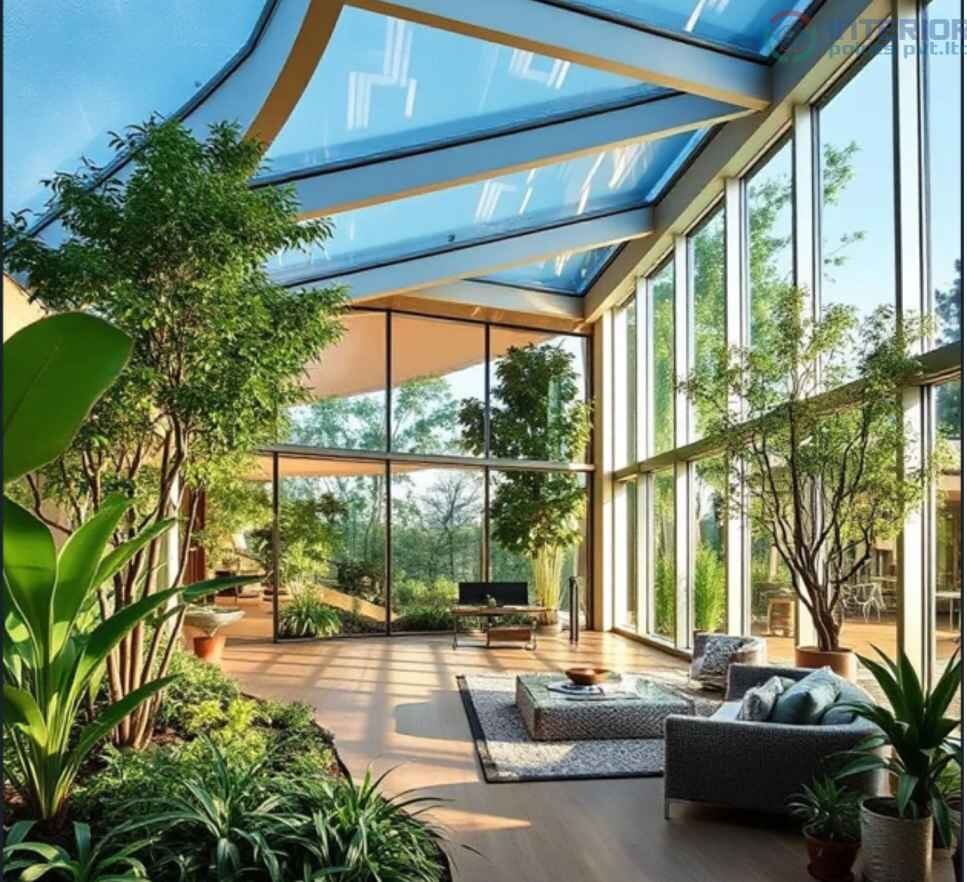
Biophilic design is gaining popularity as homeowners seek to create calming, nature-infused spaces. This involves integrating natural materials like wood, stone, and bamboo, as well as incorporating indoor plants and maximizing natural light through large windows and open spaces.
7. Wellness-Focused Interiors
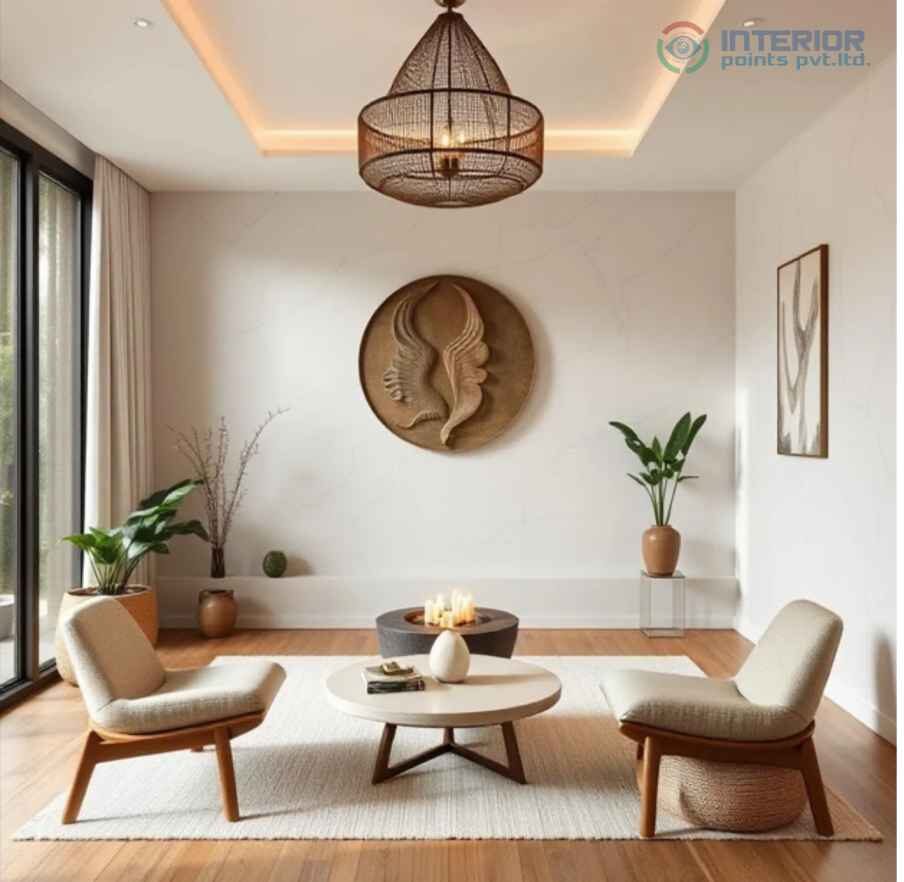
As more people in Nepal become aware of mental health, home design is starting to focus more on wellness. Many homes now include special spaces for meditation or quiet time. People are also using comfortable, supportive furniture and choosing soft, neutral colors to make their homes feel peaceful. These changes help create a calm environment where people can relax, focus, and feel better in their daily lives.
8. Open-Concept Living Spaces
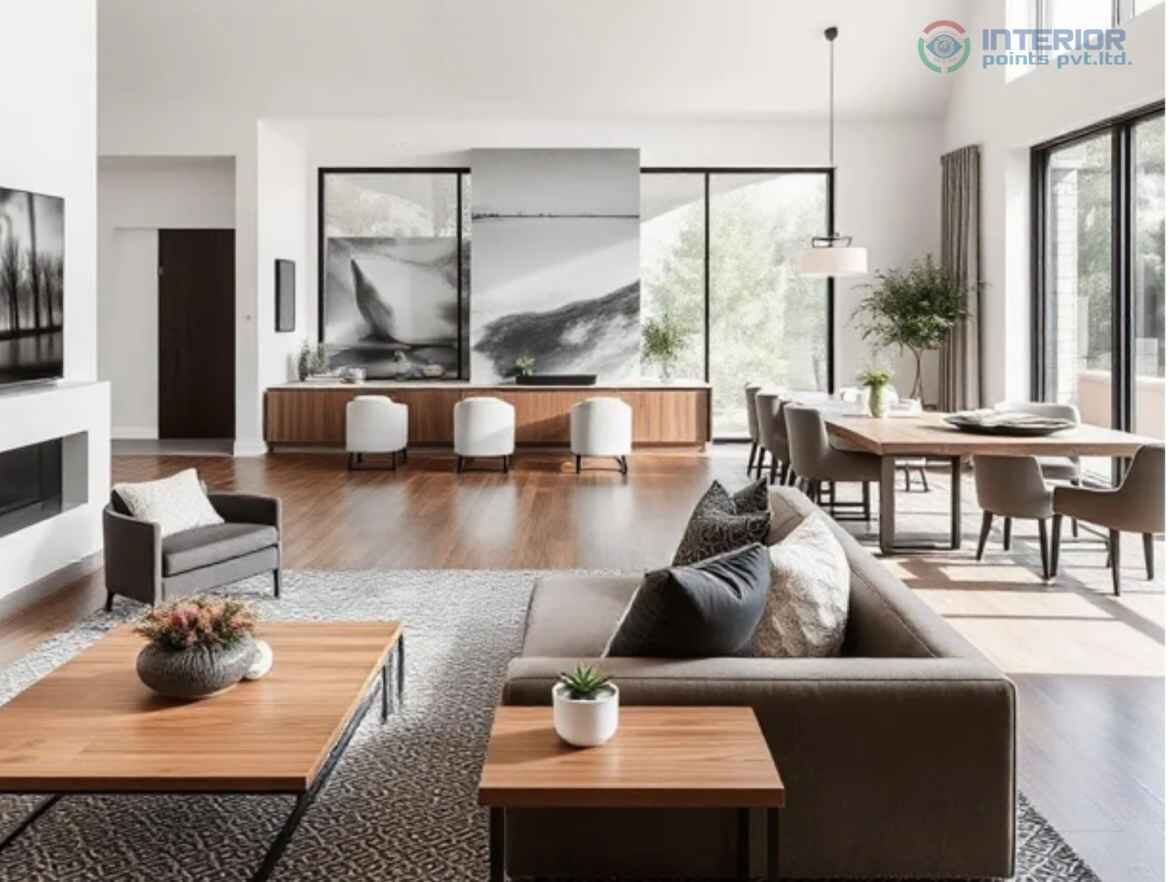
Open floor plans are becoming more popular in cities like Kathmandu. By removing extra walls, homes look bigger and feel more open. This design allows more natural light and fresh air to flow through the space. It also helps connect areas like the living room, dining room, and kitchen, making the home feel more welcoming and easier to move around in.
9. Multifunctional and Modular Furniture
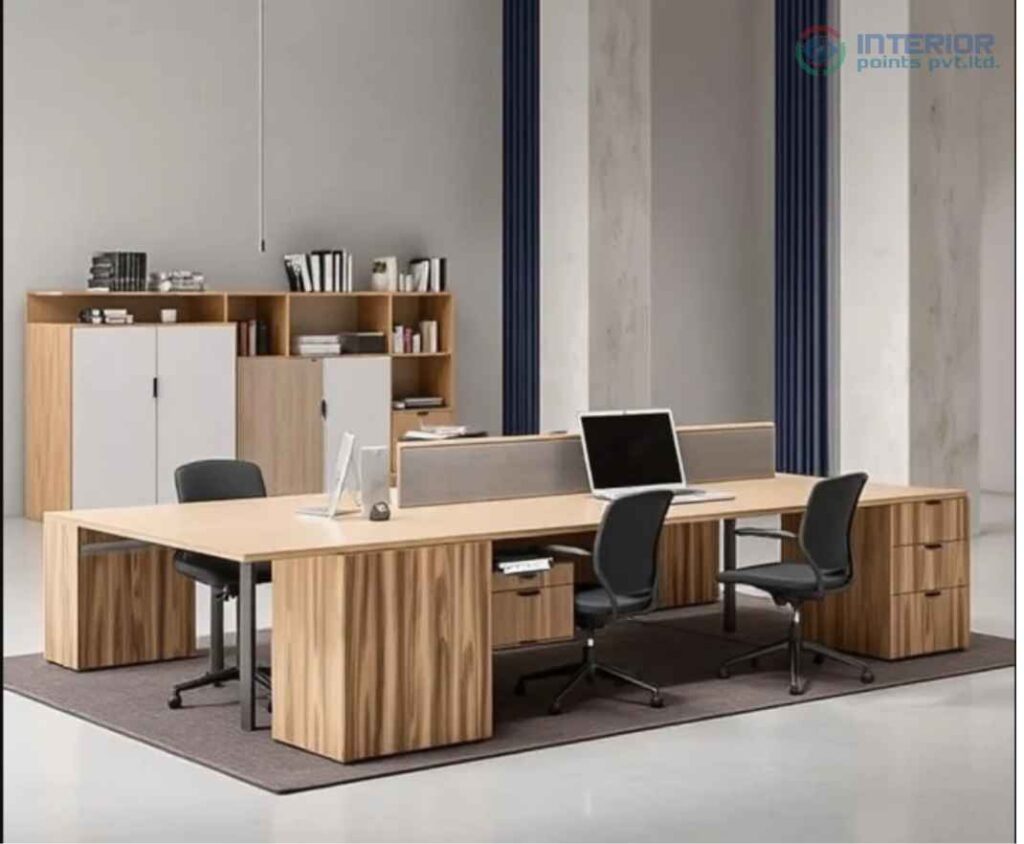
As property prices go up and homes get smaller in Nepal, smart furniture choices are becoming more important. Multifunctional furniture—like sofa beds, foldable dining tables, and storage ottomans—helps save space and keeps rooms tidy. Many people are also choosing modular and customizable furniture, which can be changed or arranged to fit their personal needs. This kind of furniture makes small spaces more comfortable, flexible, and easy to live in.
10. Artistic and Custom-Made Furniture
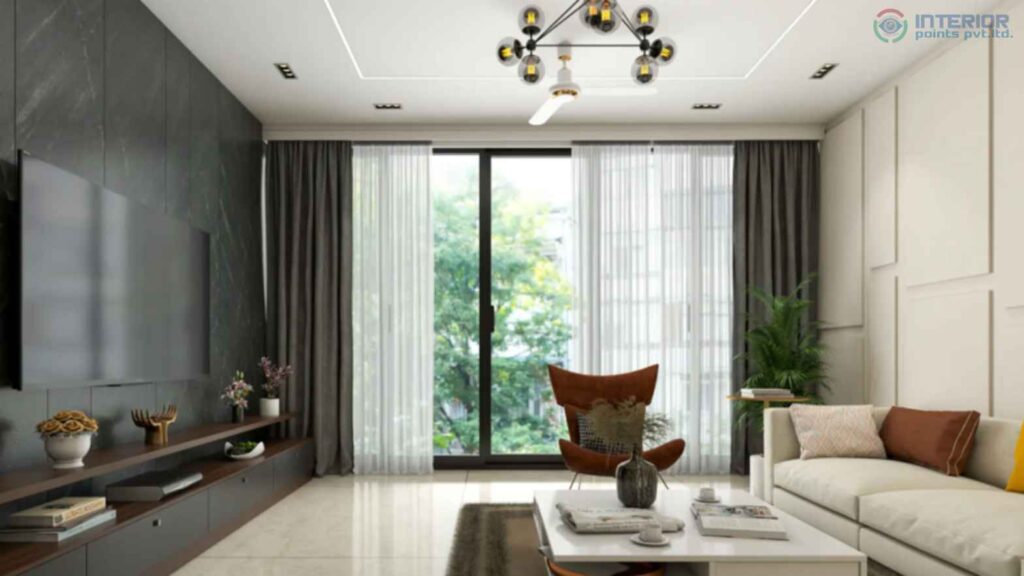
More and more people in Nepal are choosing bespoke, or custom-made, furniture for their homes. Instead of buying ready-made pieces, they prefer furniture designed to match their personal style and needs. These custom pieces often mix traditional Nepali craftsmanship—like detailed wood carvings or local fabric designs—with modern looks and functions. This blend creates furniture that is both unique and meaningful, adding character and charm to any space.
Also Read: Korean House Design In Nepal 2025
Conclusion
Interior design trends in Nepal show a beautiful mix of eco-friendly ideas, traditional culture, and modern lifestyles. By following these trends, homeowners can design spaces that look great, work well for everyday life, and are kind to the environment. It’s all about creating homes that feel both stylish and meaningful.